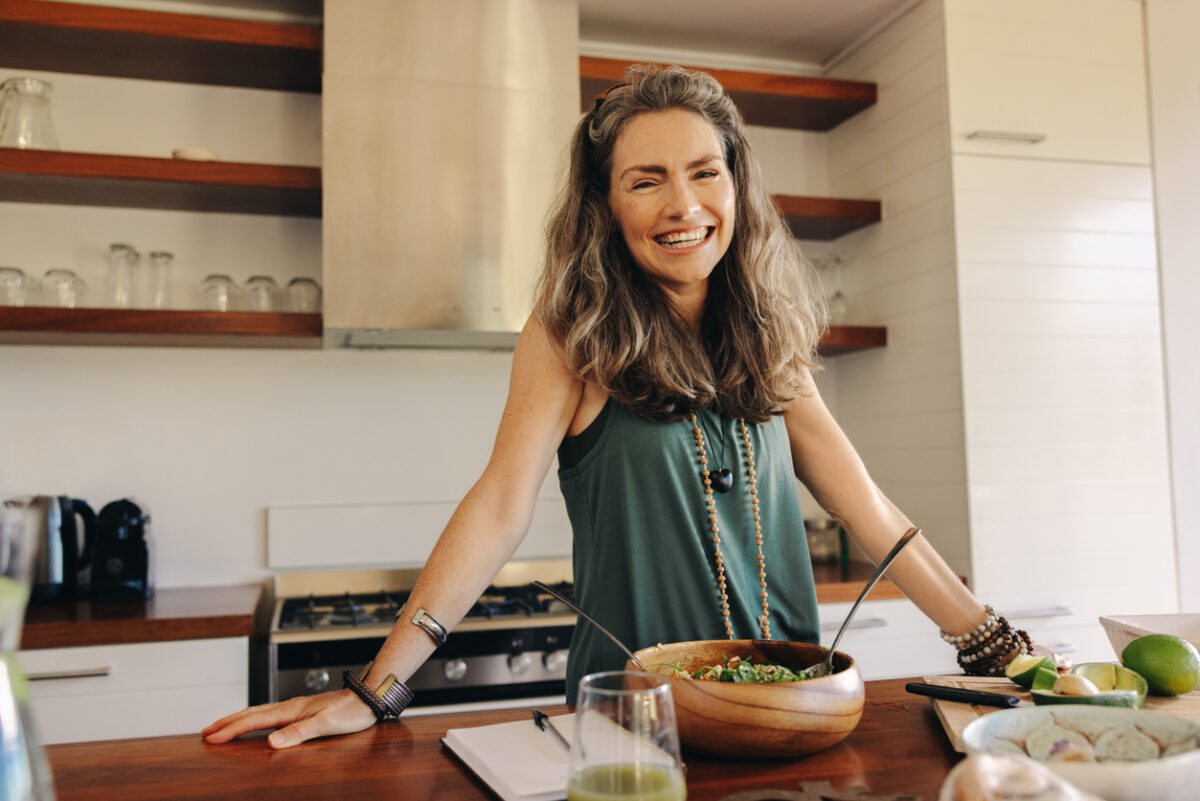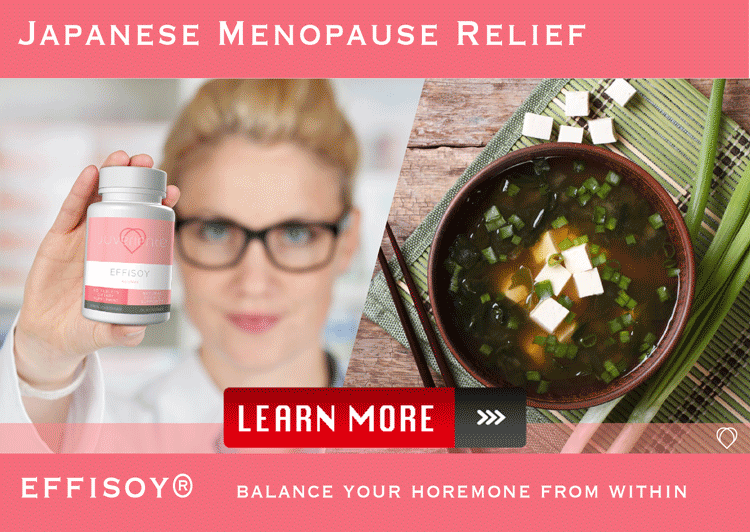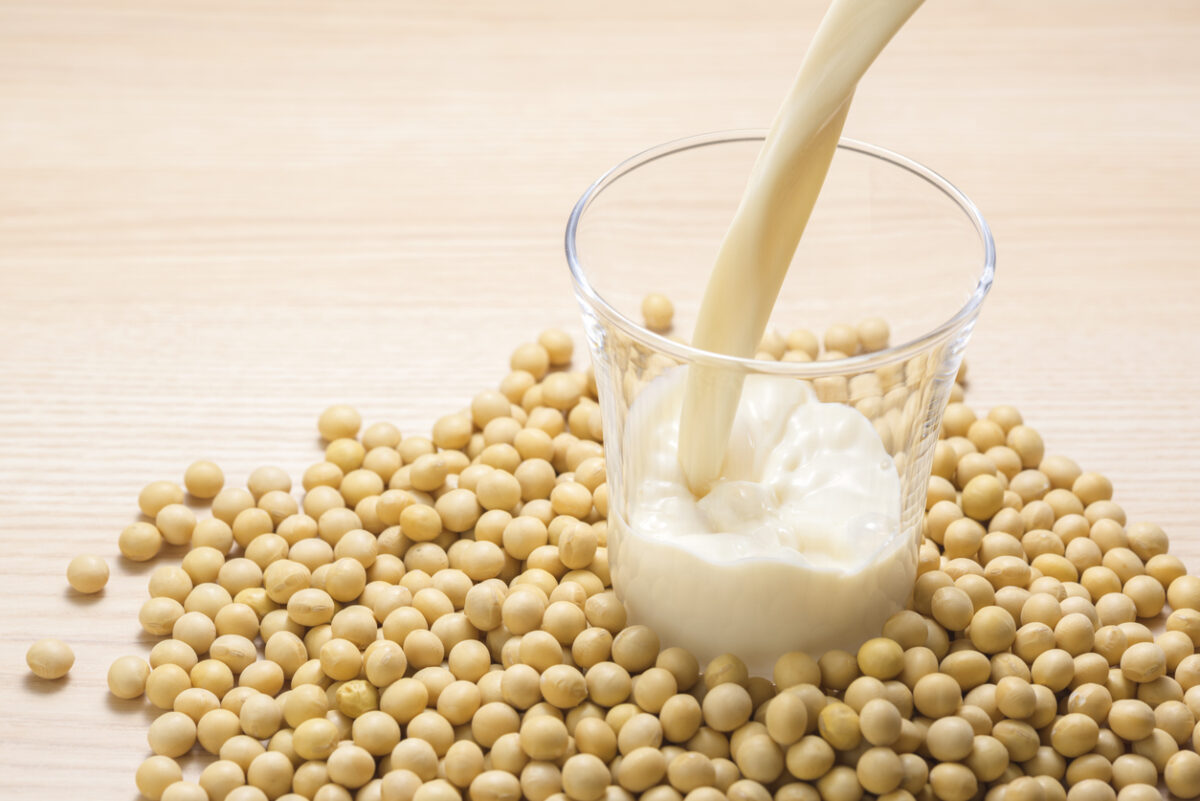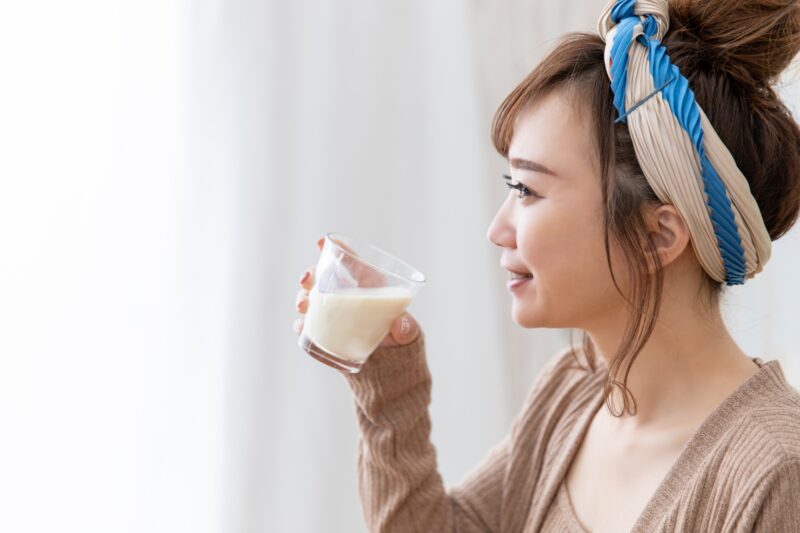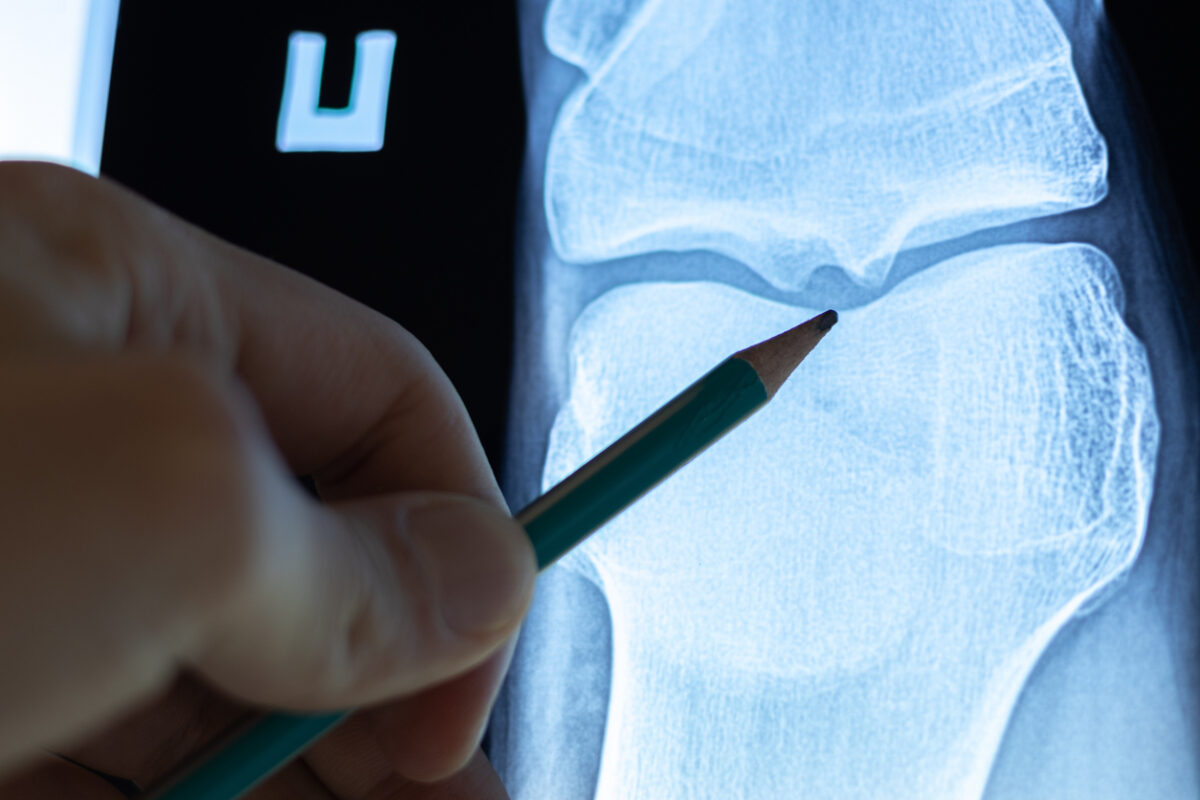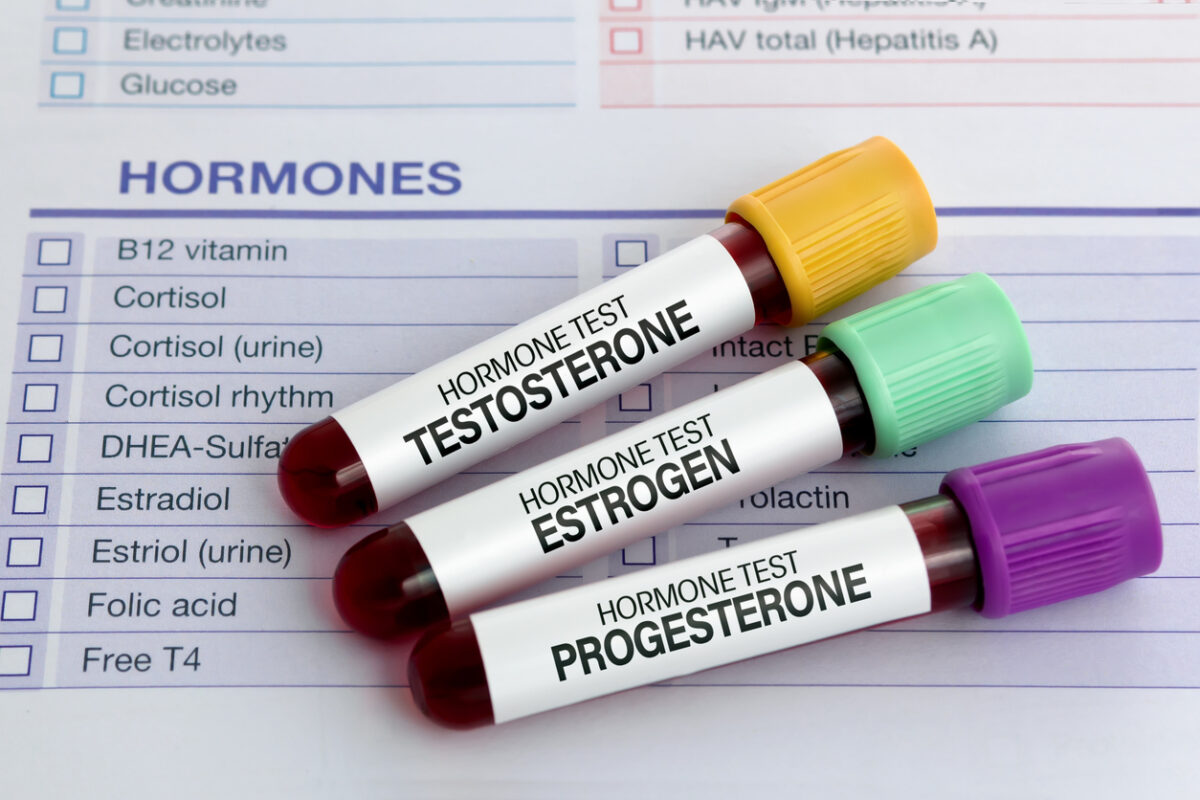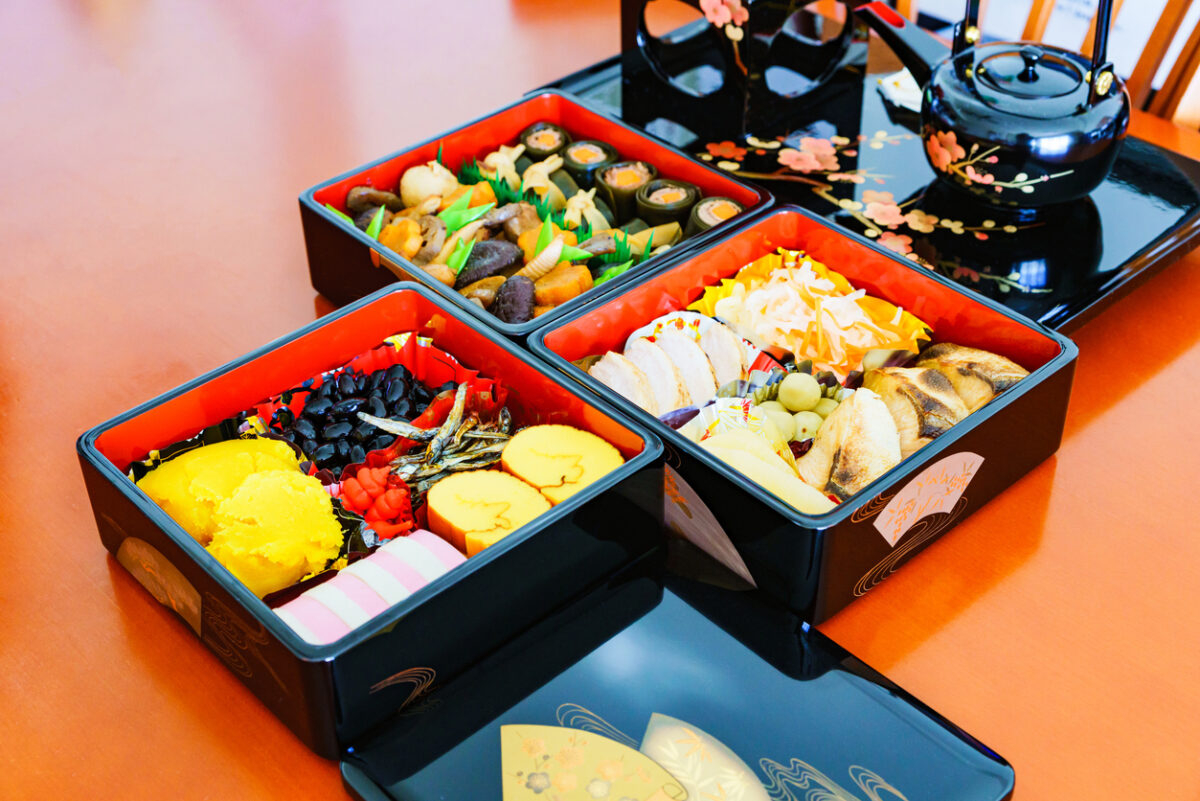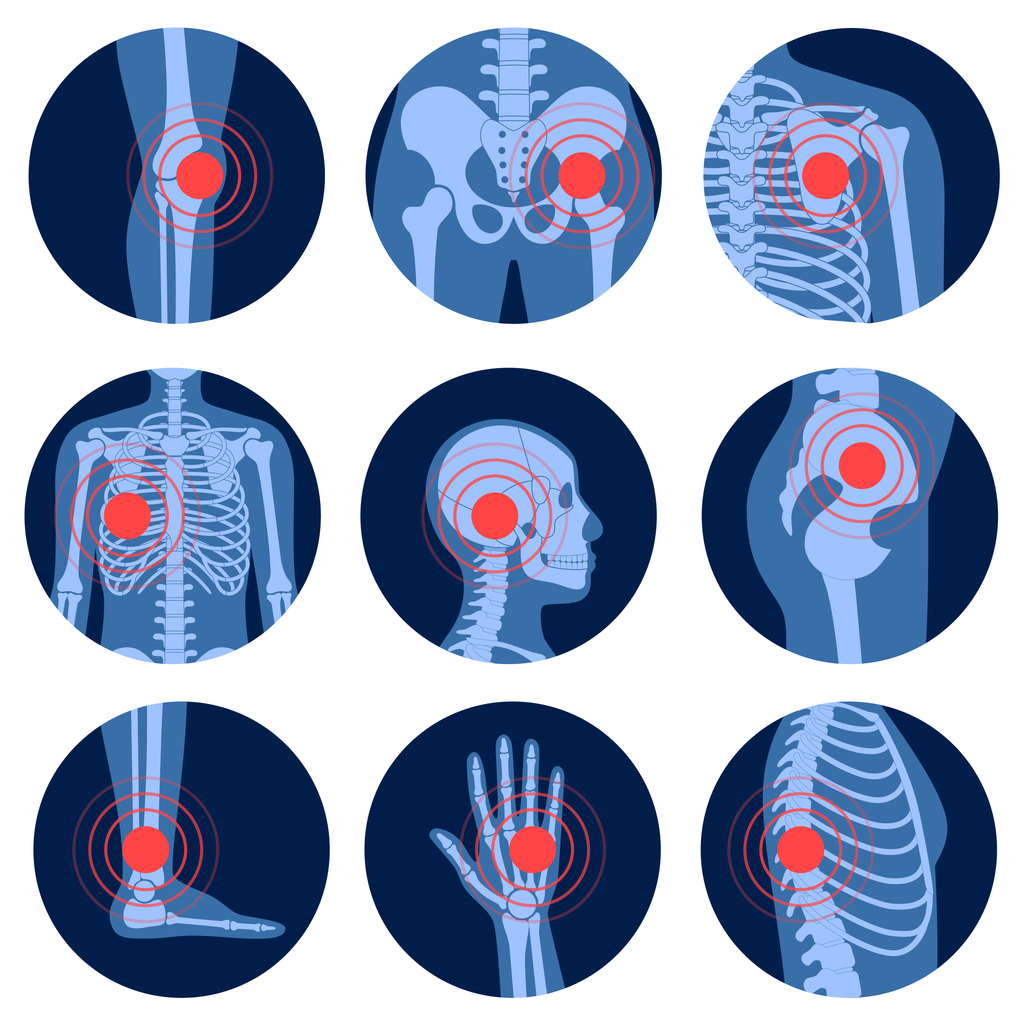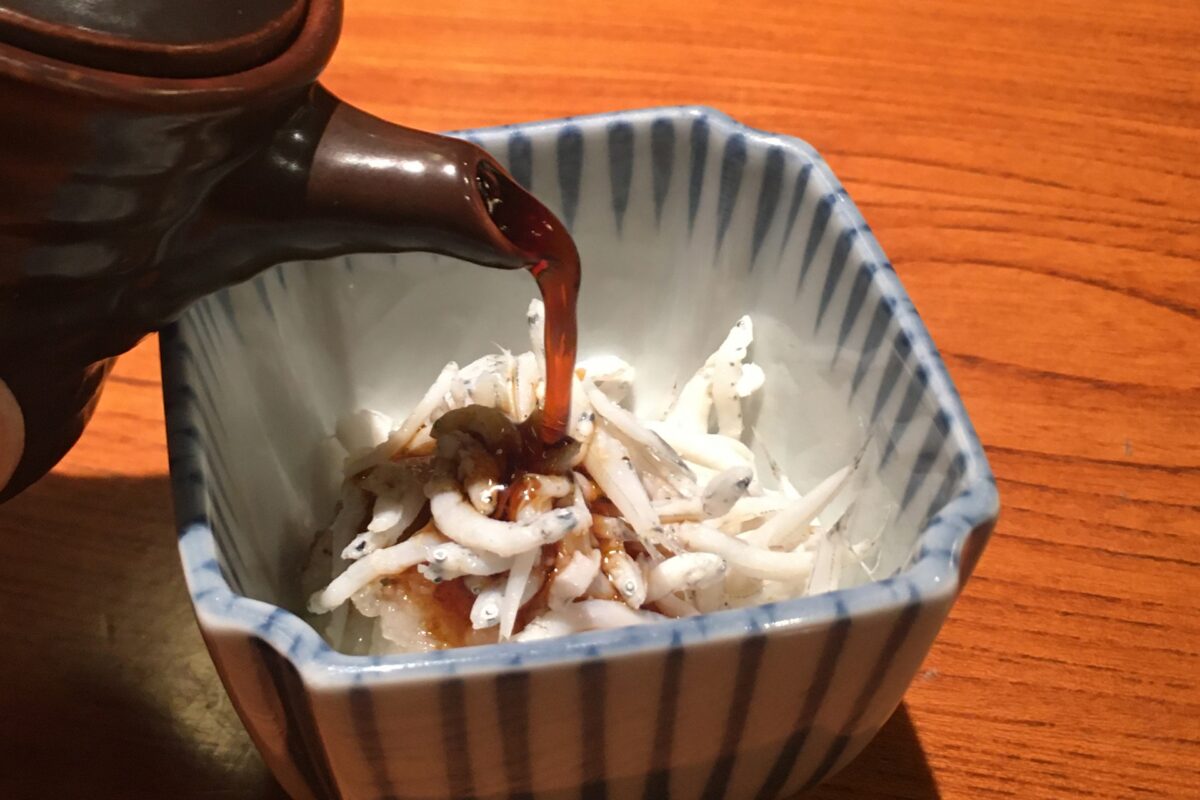Why Bone Health Matters as You Age
As you grow older, your bones naturally lose density. This increases the risk of fractures, which can significantly impact mobility and independence. According to the National Osteoporosis Foundation, about one in two women and one in four men over 50 will break a bone due to osteoporosis (source). Hip fractures, in particular, can lead to long recovery times and even life-threatening complications.
Best Nutrients for Strong Bones
Calcium and Vitamin D: The Essential Duo
Calcium is the primary building block of bones, while vitamin D helps the body absorb it efficiently. Seniors should aim for 1,200 mg of calcium daily from sources like dairy, leafy greens, and fortified foods. Vitamin D can be synthesized through sun exposure, but supplements or vitamin D-rich foods like salmon and egg yolks are essential for those with limited sun exposure.
Magnesium, Vitamin K, and Other Key Nutrients
Magnesium helps convert vitamin D into its active form, allowing better calcium absorption. Good sources include nuts, seeds, and whole grains. Vitamin K supports bone mineralization and can be found in leafy greens like spinach and kale. Ensuring a well-balanced diet rich in these nutrients strengthens bones naturally.
Exercise for Maintaining Bone Strength
Weight-Bearing Activities
Weight-bearing exercises, such as walking, jogging, or resistance training, stimulate bone formation. Strength training using resistance bands or light weights can also slow bone loss and improve muscle support around bones, reducing fall risk.
Balance and Flexibility Exercises
Falls often lead to fractures in seniors. Practicing balance exercises like tai chi, yoga, or simple standing leg lifts can improve stability. Flexibility exercises, such as stretching or pilates, keep joints mobile and reduce the risk of falls.
Lifestyle Habits That Support Bone Health
Avoiding Smoking and Excessive Alcohol
Smoking reduces calcium absorption and weakens bones, while excessive alcohol consumption interferes with bone remodeling. Reducing or eliminating these habits can significantly improve bone health over time.
Managing Hormonal Changes
Hormones play a crucial role in bone density. Women, in particular, experience a rapid decline in estrogen during menopause, which accelerates bone loss. Men can also experience lower testosterone levels, impacting bone health. Eating a nutrient-rich diet and considering natural supplements can help support hormone balance and bone density.
Natural Supplements for Bone Health
The Role of Beta-Cryptoxanthin in Bone Density
Beta-cryptoxanthin, a carotenoid found in mandarin oranges and persimmons, has been shown to support bone metabolism and reduce bone loss. Research indicates that people who consume beta-cryptoxanthin regularly have a lower risk of osteoporosis (source).
How Juveriente Bone Strength Complex Supports Aging Bones
Juveriente Bone Strength Complex contains mandarin extract powder rich in beta-cryptoxanthin, offering a natural way to support bone density. Many users have reported improvements in bone health, making it a valuable addition to a bone-supporting regimen (source).
Final Thoughts
Maintaining strong bones as you age requires a combination of proper nutrition, regular exercise, and healthy lifestyle choices. By incorporating key nutrients, staying active, and considering natural supplements, seniors can support their bone health and reduce the risk of fractures. Start small by adding calcium-rich foods, walking daily, or trying balance exercises to strengthen your bones for years to come.
How Juveriente Bone Strength Complex Can Help
Juveriente Bone Strength Complex contains mandarin extract rich in beta-cryptoxanthin, which supports bone metabolism. Many users report improvements in bone density and overall joint health. The supplement also includes calcium and vitamin D for comprehensive bone support.
Positive Customer Feedback
Juveriente Bone Strength Complex has received many favorable reviews on Amazon. Users praise its effectiveness in maintaining bone health, with some reporting improvements in bone scans after consistent use.
Where to Buy
Juveriente Bone Strength Complex is available on Juveriente’s website and Amazon. For those looking for a natural, science-backed approach to bone health, it provides an excellent solution.










